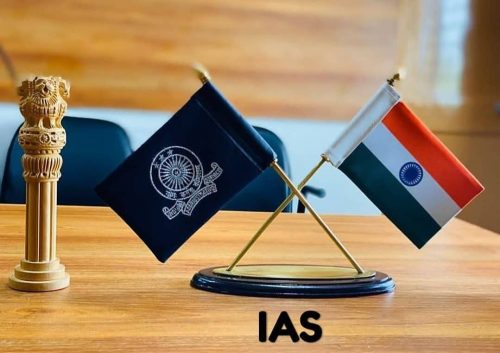 The Indian Administrative Service (IAS) is the topmost administrative civil service of the Government of India. Established in 1947, it is part of the All India Services along with the Indian Police Service (IPS) and the Indian Forest Service (IFS). The IAS officers are entrusted with key administrative roles at various levels of government—central, state, and district.
The Indian Administrative Service (IAS) is the topmost administrative civil service of the Government of India. Established in 1947, it is part of the All India Services along with the Indian Police Service (IPS) and the Indian Forest Service (IFS). The IAS officers are entrusted with key administrative roles at various levels of government—central, state, and district.
Recruitment and Selection Process:
- Civil Services Examination: Recruitment to the IAS is done through the Civil Services Examination (CSE), conducted annually by the Union Public Service Commission (UPSC). The exam consists of three stages: Preliminary Examination (objective type), Main Examination (written and interview), and Personality Test (interview).
- Training: Once selected, candidates undergo training at the Lal Bahadur Shastri National Academy of Administration (LBSNAA) in Mussoorie, which is the premier training institute for civil servants in India. The training includes theoretical studies, field visits, and practical exercises aimed at equipping officers with the necessary skills and knowledge for their roles.
Roles and Responsibilities:
- Policy Formulation and Implementation: IAS officers play a crucial role in formulating policies and programs at both the central and state levels. They provide advice to ministers, draft policy documents, and oversee the implementation of government initiatives.
- District Administration: At the grassroots level, IAS officers serve as District Magistrates (DMs) or District Collectors. They are responsible for overall administration, law and order, development activities, and coordination among various government departments within their jurisdiction.
- Central Government Roles: In the central government, IAS officers occupy key positions such as secretaries, joint secretaries, and heads of various departments and ministries. They are involved in policy-making, implementation, and administration of central government programs.
Career Progression:
- Cadre System: Upon joining the service, officers are allocated to a particular state cadre or to the central government. They serve in various positions throughout their career, gradually progressing to higher administrative ranks such as Principal Secretary, Additional Secretary, and Secretary.
- Deputation and Postings: IAS officers may also serve on deputation to central government organizations, international agencies, or public sector undertakings. This provides them with diverse experiences and exposure to different sectors of governance.
Challenges and Opportunities:
- Dynamic Environment: IAS officers operate in a dynamic and challenging environment, dealing with complex issues ranging from economic development and social welfare to infrastructure development and disaster management.
- Public Service Orientation: The service demands a high level of commitment to public service and ethics. IAS officers are expected to uphold the values of impartiality, integrity, and accountability in their roles.
Conclusion:
The Indian Administrative Service remains a prestigious and influential career path for individuals aspiring to serve the nation through governance and administration. With its emphasis on leadership, policy implementation, and public service, the IAS continues to shape the trajectory of India's development and governance framework.











